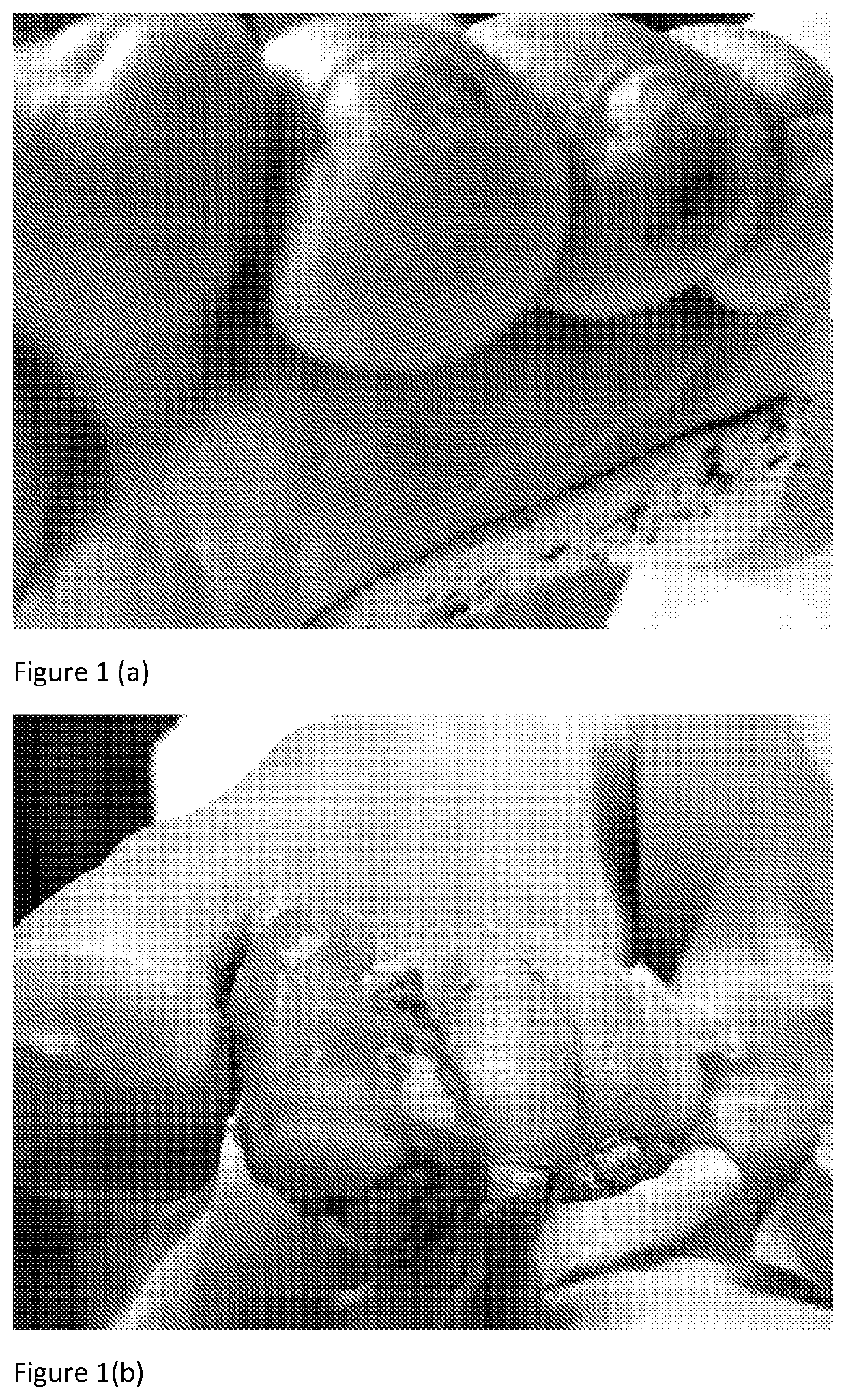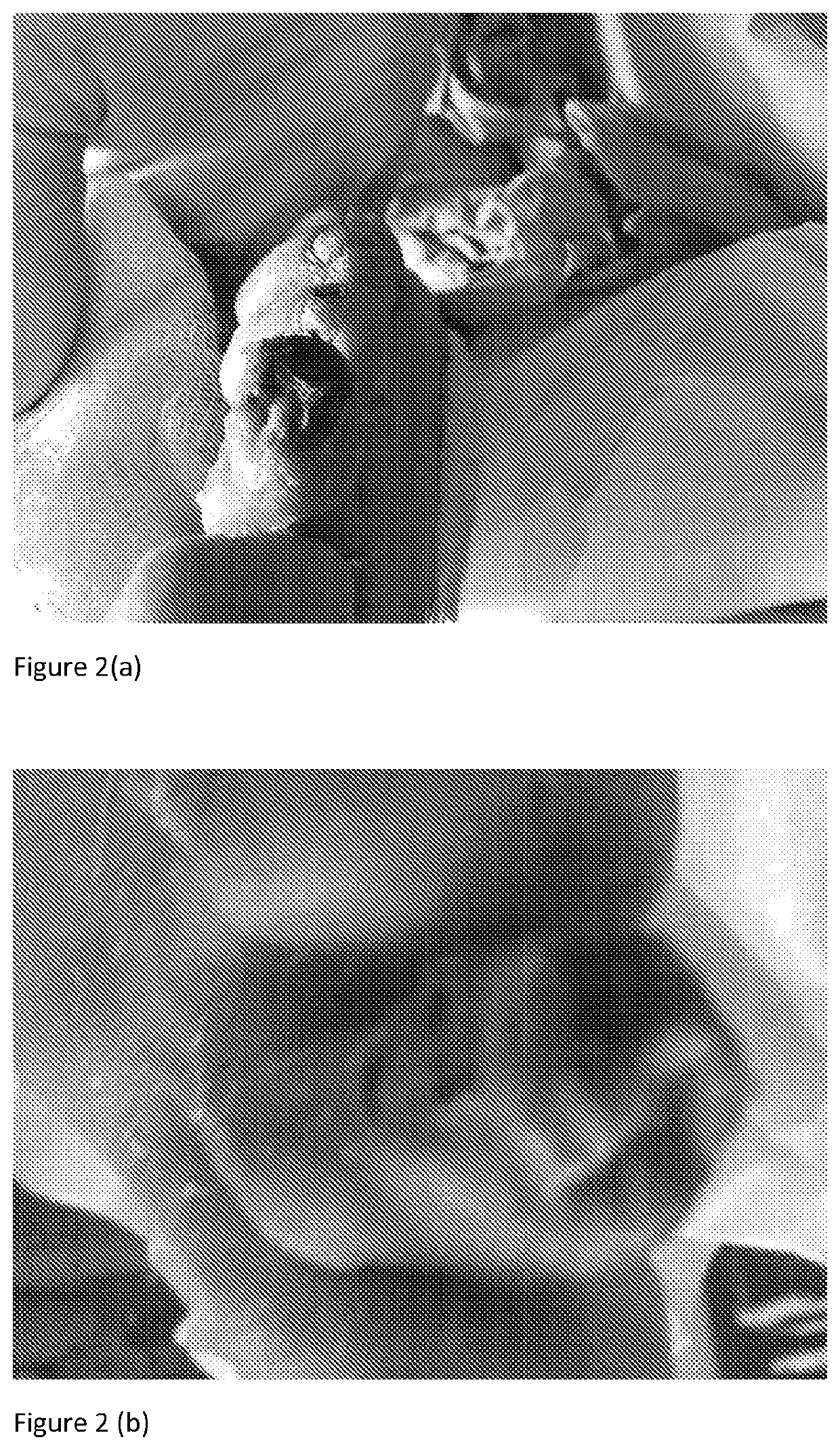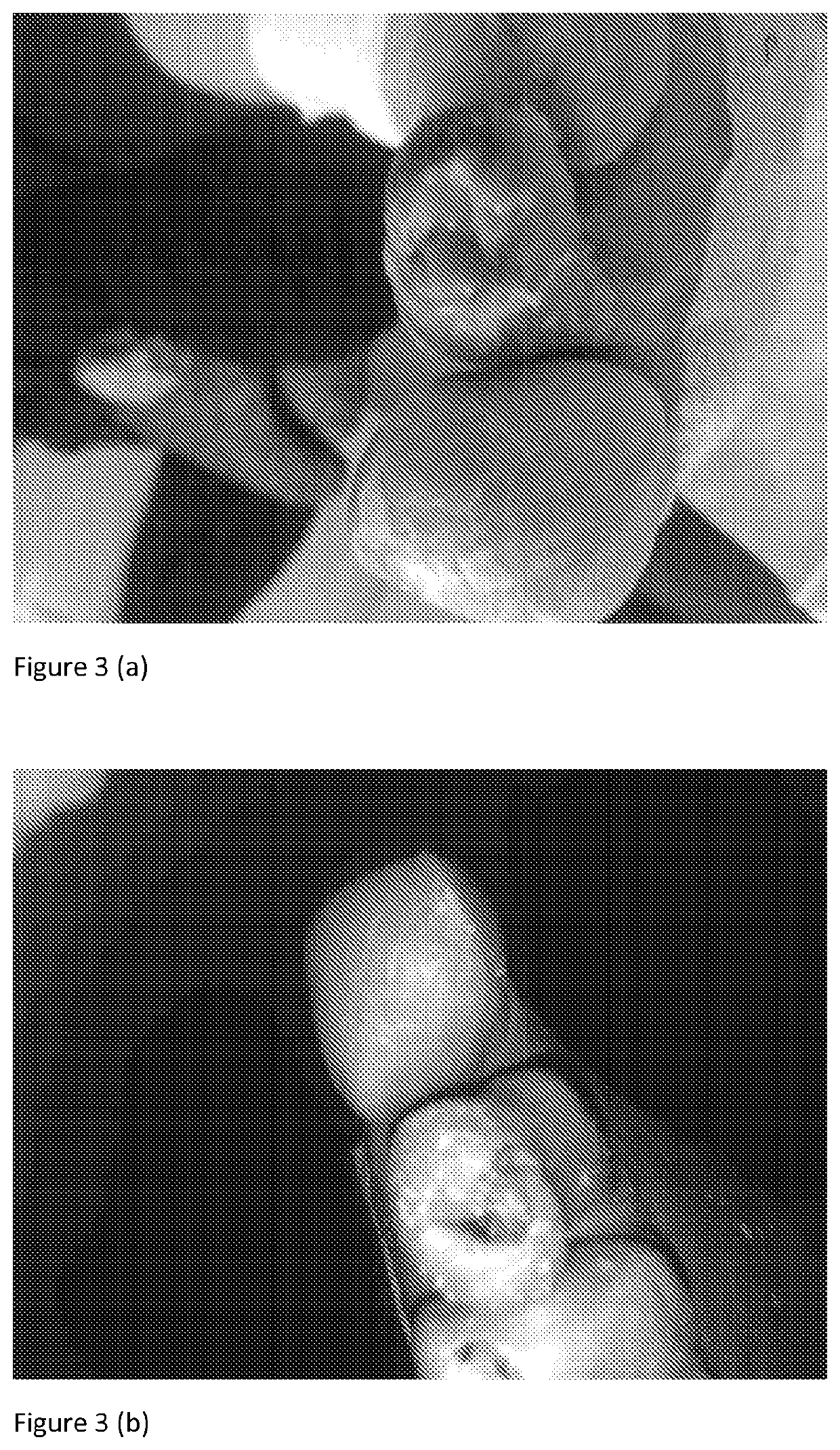Composition for treatment of chronic wounds
a technology for chronic wounds and compositions, applied in the field of pharmaceutical compositions, can solve the problems of difficult judgment, few if any research-driven treatment options, impede the discovery and testing of suitable treatment regimens, etc., and achieve the effect of novel clinical solutions and effective treatmen
- Summary
- Abstract
- Description
- Claims
- Application Information
AI Technical Summary
Benefits of technology
Problems solved by technology
Method used
Image
Examples
example 1
[0087]
MaterialsWt %PhaseCastor oil2.00AStearic acid6.00GMS SE2.00Cetyl Palmitate1.00Silicone fluid1.00Additional Preservative0.20Jojoba oil0.10Liquid paraffin0.10MPG10.00BTriethanolamine1.55Hot water @ 65° C.39.65Carbopol5.00Triclosan0.50CAloe vera0.50DFragrance0.15Cold water30.25E
[0088]The ingredients of phase A were melted together at a temperature of 60° C. The ingredients of phase B were mixed together using a Silverson High Shear Mixer. Phase C was added to phase A and stirred until dissolved. Phase B was then added to phase A. Phase D was then added and mixed using a Silverson High Shear Mixer. Phase E was also added while mixing.
example 2
[0089]
MaterialsWt %PhaseCastor oil2.0AStearic acid1.5GMS SE0.5Cetyl Palmitate0.5Silicone fluid1.0Additional Preservative0.2Jojoba oil0.1Liquid paraffin0.1Triclosan1.0BHot water @ 60° C.80.4CCarbopol (5%)2.0Aloe vera 10.10.5MPG10.0Triethanolamine0.2D
[0090]The ingredients of phase A were melted together at a temperature of 70° C. until the phase was clear. The ingredients of phase C were mixed together using a Silverson High Shear Mixer. Phase B was added to phase A and stirred until dissolved. Phase C was then added to phase A. Phase D was then added and mixed using a Silverson High Shear Mixer.
example 3
[0091]
Materialswt %PhaseCastor oil2.0AStearic acid1.5GMS SE0.5Cetyl Palmitate0.5Silicone fluid1.0Additional Preservative0.2Jojoba oil0.1Liquid paraffin0.1Triclosan2.0BMPG10.0CHot water @ 60° C.79.4Carbopol2.0Aloe vera0.5Triethanolamine0.2D
[0092]The ingredients of phase A were melted together at temperature 65° C. until clear. The ingredients of phase C were mixed together using a Silverson High Shear Mixer. Phase B was added to phase A and stirred until dissolved. Phase C was then added to phase A. Phase D was then added and mixed using a Silverson High Shear Mixer.
PUM
| Property | Measurement | Unit |
|---|---|---|
| viscosity | aaaaa | aaaaa |
| pH | aaaaa | aaaaa |
| temperature | aaaaa | aaaaa |
Abstract
Description
Claims
Application Information
 Login to View More
Login to View More - R&D
- Intellectual Property
- Life Sciences
- Materials
- Tech Scout
- Unparalleled Data Quality
- Higher Quality Content
- 60% Fewer Hallucinations
Browse by: Latest US Patents, China's latest patents, Technical Efficacy Thesaurus, Application Domain, Technology Topic, Popular Technical Reports.
© 2025 PatSnap. All rights reserved.Legal|Privacy policy|Modern Slavery Act Transparency Statement|Sitemap|About US| Contact US: help@patsnap.com



